Nature Video Library: Footage From Around the World in 1989
$8 liquor store box full of nature documentary tapes from a school library sale part 2
For the second part of this series, I wanted to highlight what has become one of my favorite series amongst the vast sea of home-video nature docs. Nature Video Library was a series of tapes produced for both the home and classroom, and according to some of the reviews, focuses on keeping the viewer entertained, while providing mostly broad information about the flora and fauna.
I would say I’m not really all that knowledgeable about places, plants, animals outside of my surroundings, so I can’t really speak on how much good information is here. I have; however, watched a lot of nature docs, especially from this time period of production and I can say that these are amongst the best as far as calm narration and cinematography goes. These are beautiful!
When I picked these tapes up, I did manage to grab 10 from the series of 25+ Nature Video Library releases. I had one lonely tape from this series in my collection and thankfully it wasn’t a duplicate! I hadn’t found a good way of presenting Secret Weapons just yet, and I’m not really sure where I picked it up, but it’s been on my shelf for over a year. Maybe I’ll come across the rest in the future?
So that’s what we got this week: 11 nature docs, filmed all over the world, brought to you through the power of the internet. Enjoy!
Tiger
1990 | Runtime 60 Minutes
Threatened by extinction in the 1970s, the government of India launched an ambitious program to save the Royal Bengal tigers by setting aside 16 large preserves for the protection of these magnificent animals. Indian filmmaker, Naresh Bedi, captures an extraordinarily intimate look at the largest member of the cat family. Filmed over a period of two years, this program documents a mother tiger raising her cubs.
Leopard: A Darkness in The Grass
1988 | Runtime 60 Minutes
An intimate portrait of Africa's most elusive big cat, "A Darkness in the Grass" is an unforgettable journey to the grasslands of Kenya's Masai Mara game preserve, where award-winning cameraman Hugh Miles follows a leopard and her three cubs. Usually shy, nocturnal creatures, this leopard has been forced by competition to hunt by day, all day, everyday. As she struggles to survive, and to feed and protect her cubs, she must contend with thieving cheetahs and hyenas, the disruptive warthog, a herd of angry elephants, and a very, very dangerous pride of lions.
Kingdom of The Ice Bear
1989 | Runtime 60 Minutes
In this spellbinding portrait of the Arctic, narrator George Page takes you to one of the largest wilderness areas left on Earth. Full of surprises, this frozen desert is home to a startling variety of wildlife-both above and below the ice. These include the world's biggest carnivore, the magnificent polar bear, as well as tusked walruses, chatty beluga whales and the unicorn of the sea, the narwhal. From the sheer 1300-foot cliffs of Canada's Prince Leopold Island-where seabirds come to nest during the two-month Arctic summer-to submarine pastures grazed by bearded seals, you'll follow a year in the lives of animals superbly adapted to seemingly impossible conditions.
Alaska: The Great Land
1990 | Runtime 60 Minutes
Covered by vast stretches of untouched forest, tundra and glacial peaks, Alaska is America's last frontier. An eight-month winter turns this northern wilderness into a frozen wasteland, yet it still supports an incredible abundance of life. For animal, plant and insect, survival depends on a spectacular array of seasonal adaptation and behavior. As the short arctic summer arrives, great herds of caribou and flocks of birds migrate to the North Slope. The grizzly and her cubs forage while the bull moose struggles for dominance. It is a time of intense activity a synchronized explosion of life that illustrates the cyclic nature of a truly unique ecosystem.
Hawaii: Islands of The Fire Goddess
1988 | Runtime 60 Minutes
In this celebration of native Hawaiian wildlife and habitat, narrator George Page weaves a spellbinding tale of fire and water, of geology, biology and native legend that begins at the lava lake of Kilauea, where the island of Hawaii is still being born. From the maw of this volcano, the journey follows the lava flow down to the sea, where creatures of the reef outwit the vicious moray eel, and brightly colored tropical fish feed and spawn. From surge zone to pond edge, from coral reef to rainforest, "Islands of the Fire Goddess" takes a close-up look at many of the 6000 Hawaiian species that exist no where else on earth.
The Flowing Oasis
1989 | Runtime 60 Minutes
This unique film takes you to one of North America's most endangered wildlife sanctuaries. High in the shadow of the Sierra Nevadas are two different worlds. The desert where rattlesnakes, gophers and whip-tailed lizards dig for a living. And the ribbon of forest that forms the flowing oasis of the East Walker River. Here, when melting snows rush the cottonwoods into bloom, a fragile river turns into a wetland breeding perch for red-tailed hawks, yellow- headed blackbirds and black-necked stilts. Coyote pups sport in its waters. Barn owls excavate its banks. And the drumroll of thunder sets the stage for a new generation of cottonwoods—and new generations of wildlife.
Fragments of Eden
1989 | Runtime 60 Minutes
Once part of the land mass that connected India and Africa, the Seychelles were left far out in the Indian Ocean when the continents drifted apart. Because of that isolation, this remote archipelago is home to plants and animals found nowhere else on Earth- the blue pigeon and the fruiting fig. These lush islands are also home to bats, tree frogs, tiger chameleons, cinnamon trees and swiftlets. Giant sea turtles come ashore to lay their eggs. The Seychelles are an earthly paradise, tiny isles of beauty and peace.
Forest in The Sea
1989 | Runtime 60 Minutes
This film explores the amazing underwater world of giant kelp forests that stretch from the deep Pacific to the California coast. These forests of seaweed teem with life: starfish, urchins, octopus, abalone, sea cucumber and Spanish shawl. But, the otter is the star. This playful mammal uses a rock to break open his food, eating up to 20 pounds of urchins and abalone each day. These great forests of the sea are endangered, devastated by both man and nature. Scientists are hard at work in an underwater greenhouse experimenting with ways to restore the great kelp forests.
Death Trap
1989 | Runtime 60 Minutes
A shrub that functions as living flypaper. Bladderworts with trap doors that snap shut in one-thousandth of a second. Pitcher plants that lure flies and wasps into fields of nectar. This scientific journey through the realm of plants that survive by eating flesh takes you from Asia to the United States. Rare closeups show you how the Venus's-flytrap catches its moving target. Time-lapse photography re- creates the sudden growth that follows a good meal. How did these fiendish masterpieces of deception evolve from simple leaves? A detailed commentary guides you through the inner workings of creations that conceal a deadly purpose behind innocent facades.
Secret Weapons
1989 | Runtime 60 Minutes
Butterflies that secrete aphrodisiacs. Millipedes that spread clouds of toxic quinones. Whip scorpions that spray acid in almost any direction. And the spectacular bombardier beetle that fires poison, 20 perfectly aimed shots at a time. Until recently, little was known about the chemists of the insect world. Now, this remarkable film—presented by Professor Thomas Eisner-takes you across alien landscapes where an arms race between predator and prey has been evolving for millions of years. From Arizona to Florida, closeup photography and live experiments reveal the limitless diversity of insects and their highly sophisticated chemical defenses.
Designed for Living
1989 | Runtime 60 Minutes
Animals build. With unusual materials they create their version of what we call home. As this extraordinary film demonstrates, the results are astonishing. Beavers construct ingenious log cabins. Sociable African sparrows drape trees with huge haystacks-communal accommodations for a hundred nests. Spiders—eons ahead of human engineers—spin webs as tough as steel cables ... then spot-weld their prey. High-tech bees and wasps build in a variety of styles, but even their elegant castles are dwarfed by the citadels of the termites. Master architects of the animal kingdom, their towering cities are fortified, temperature controlled and superbly planned.
Well, that’s it for this week! I hope you enjoyed the tapes! If you’re looking for more, please check out my page on Archive.org for the full list of digitized media. If you have any questions, feel free to send me a message right here or drop a comment below. If you haven’t already, please check out the one of my previous posts below, or all of my other previous posts here. Thanks so much for checking out this week’s edition of Diptych!
See you soon!
—Forrest
An $8 liquor store box full of nature documentary tapes from a school library sale
Part 1: The Living Planet
Virtual Channel Surfing
it's 3am and you've jolted awake from a bad dream. knowing there's no chance of falling soundly back to sleep, you flick the television on, only to find this garbage.






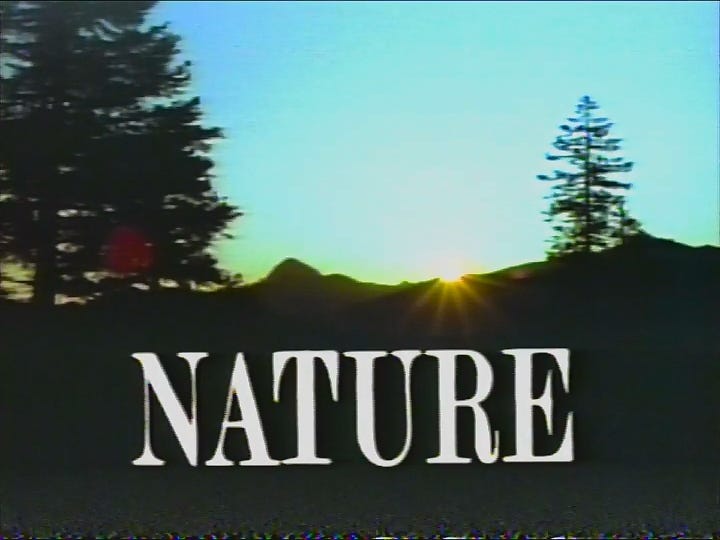

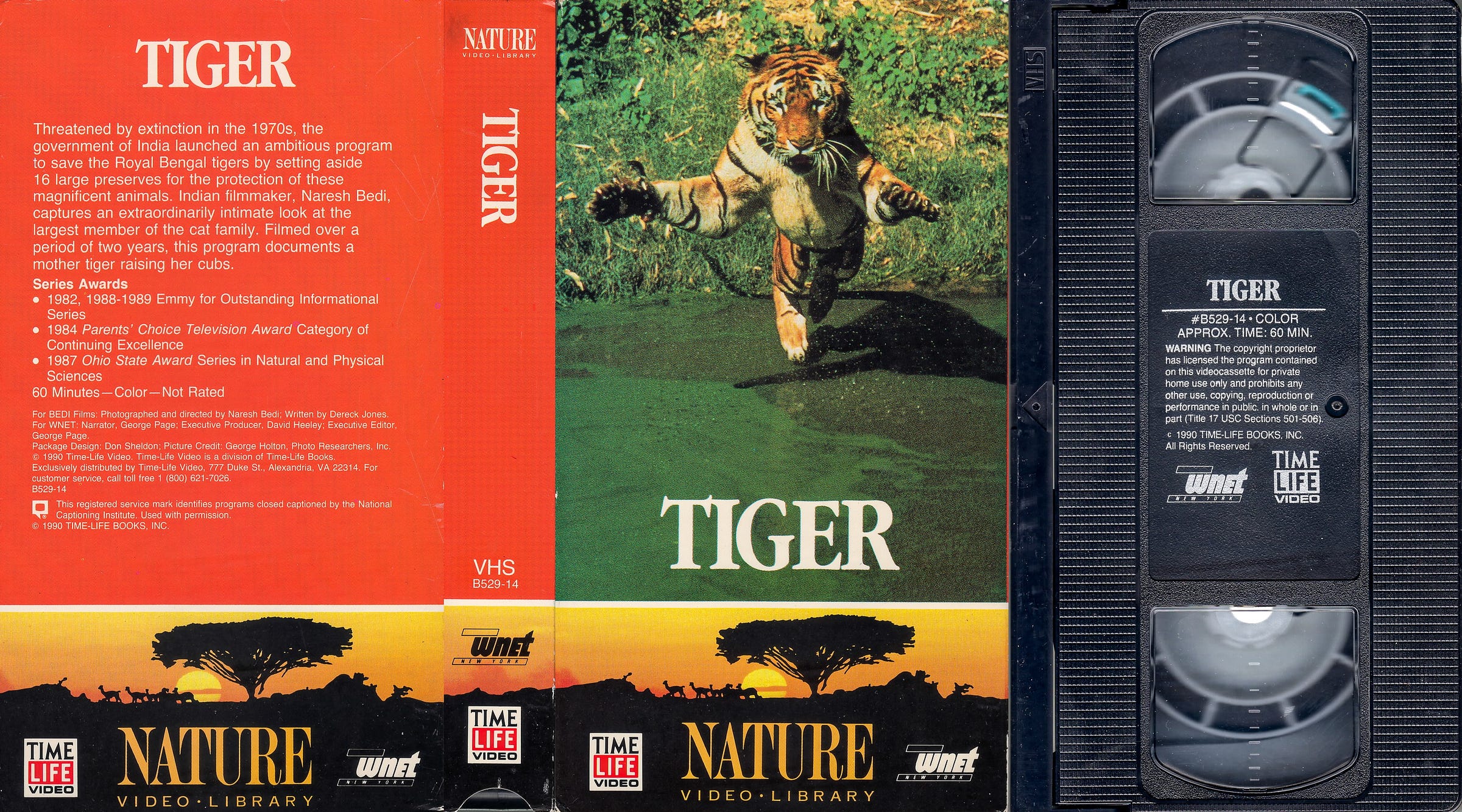

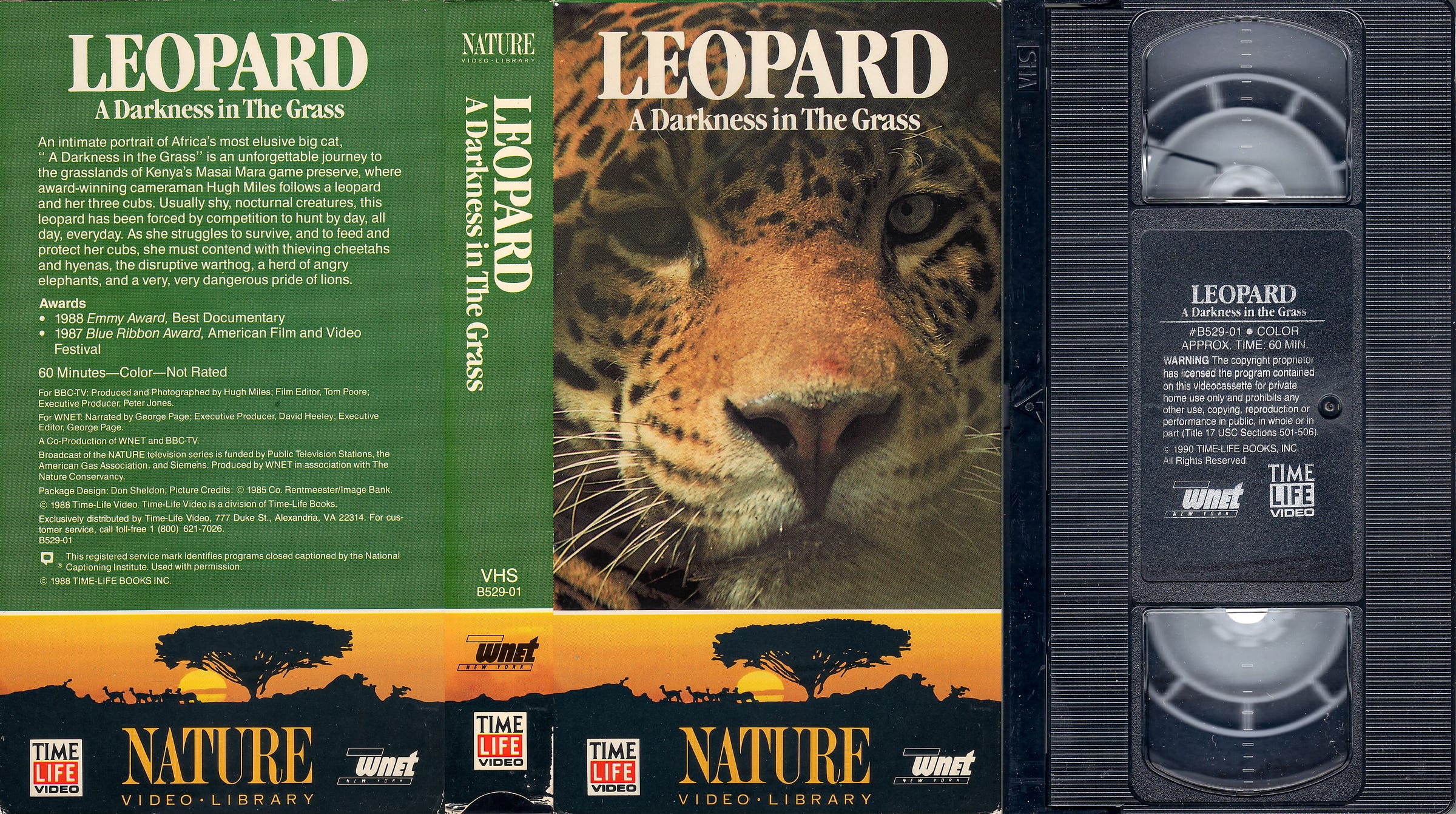

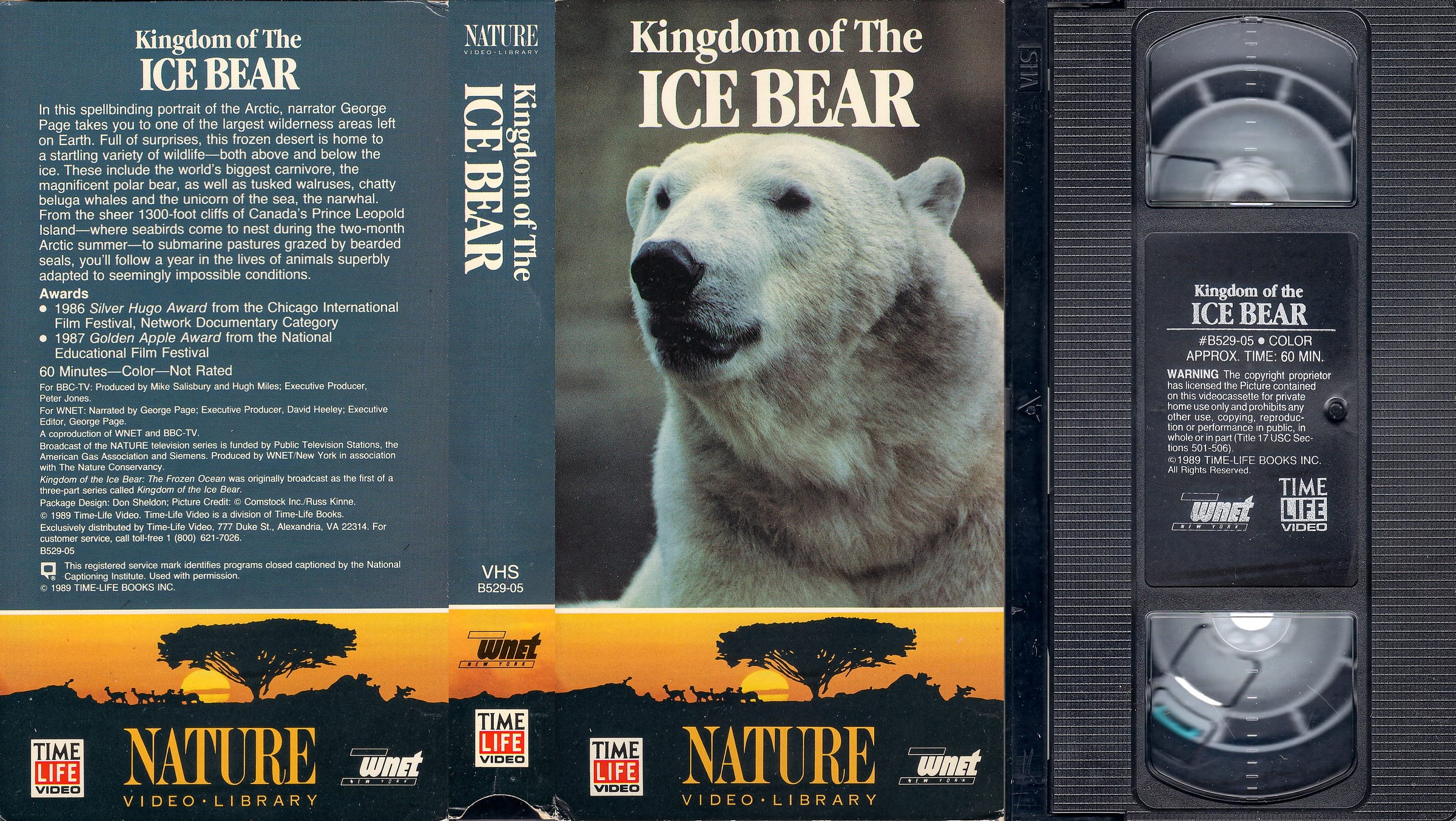

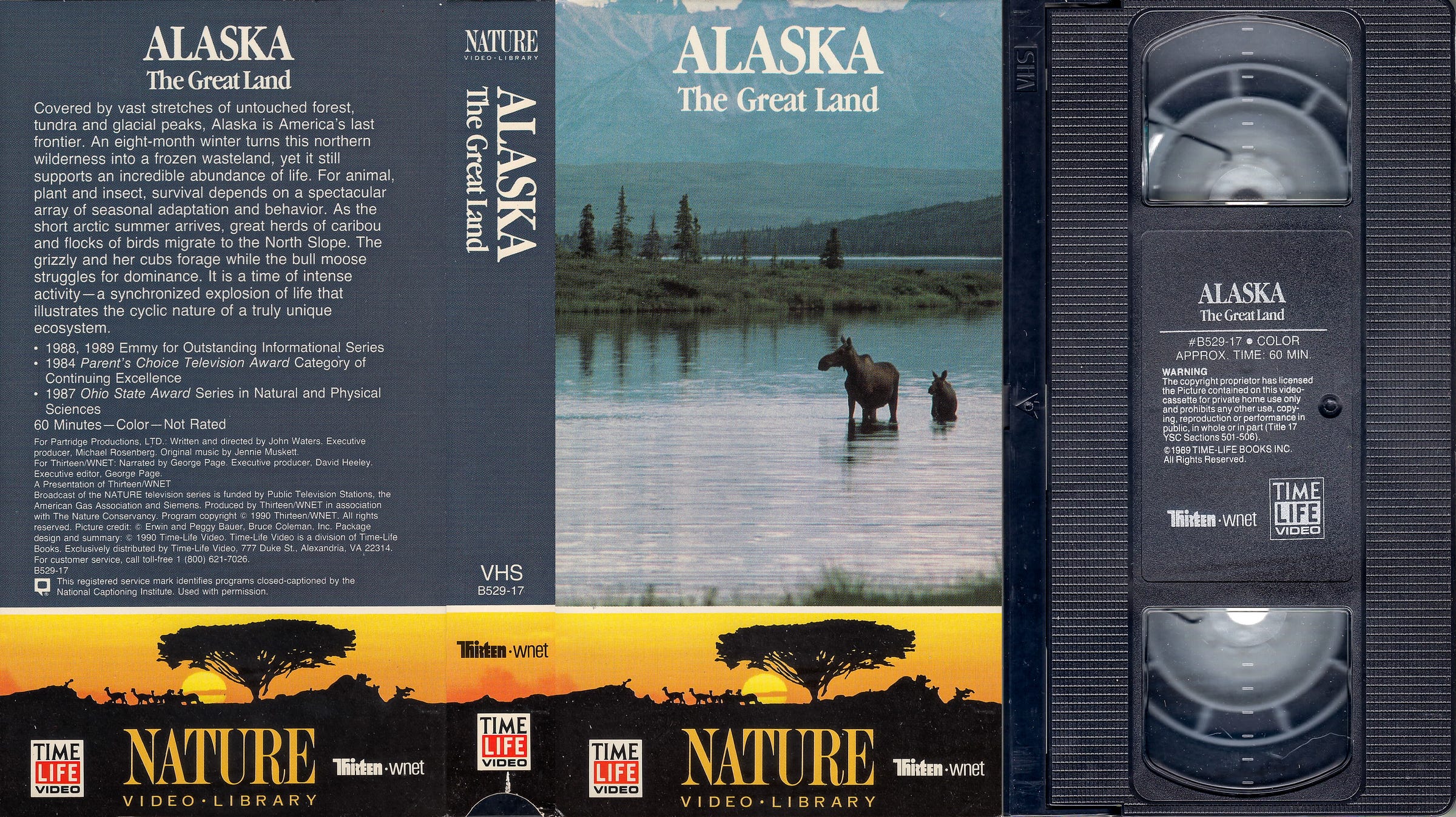

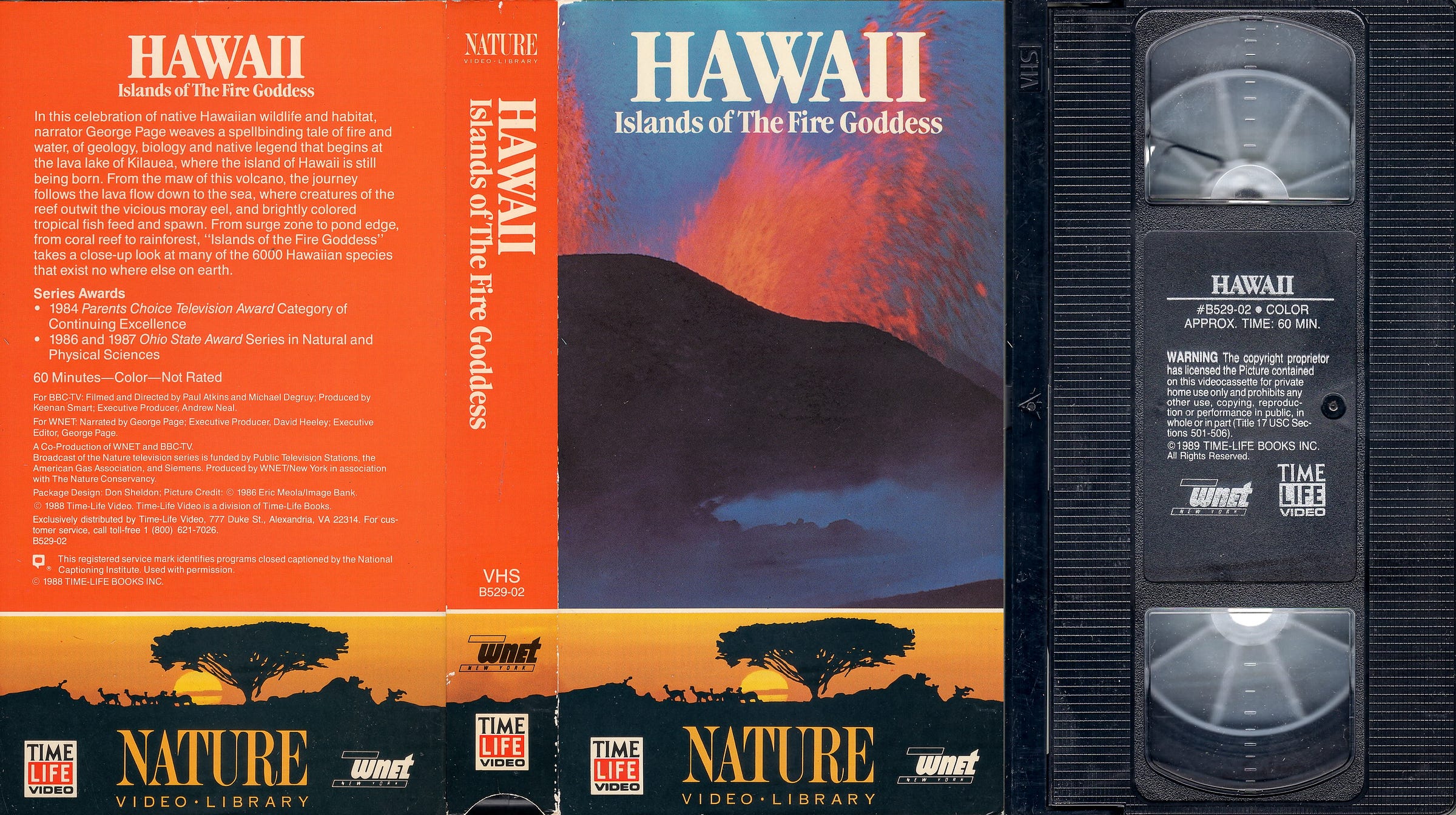

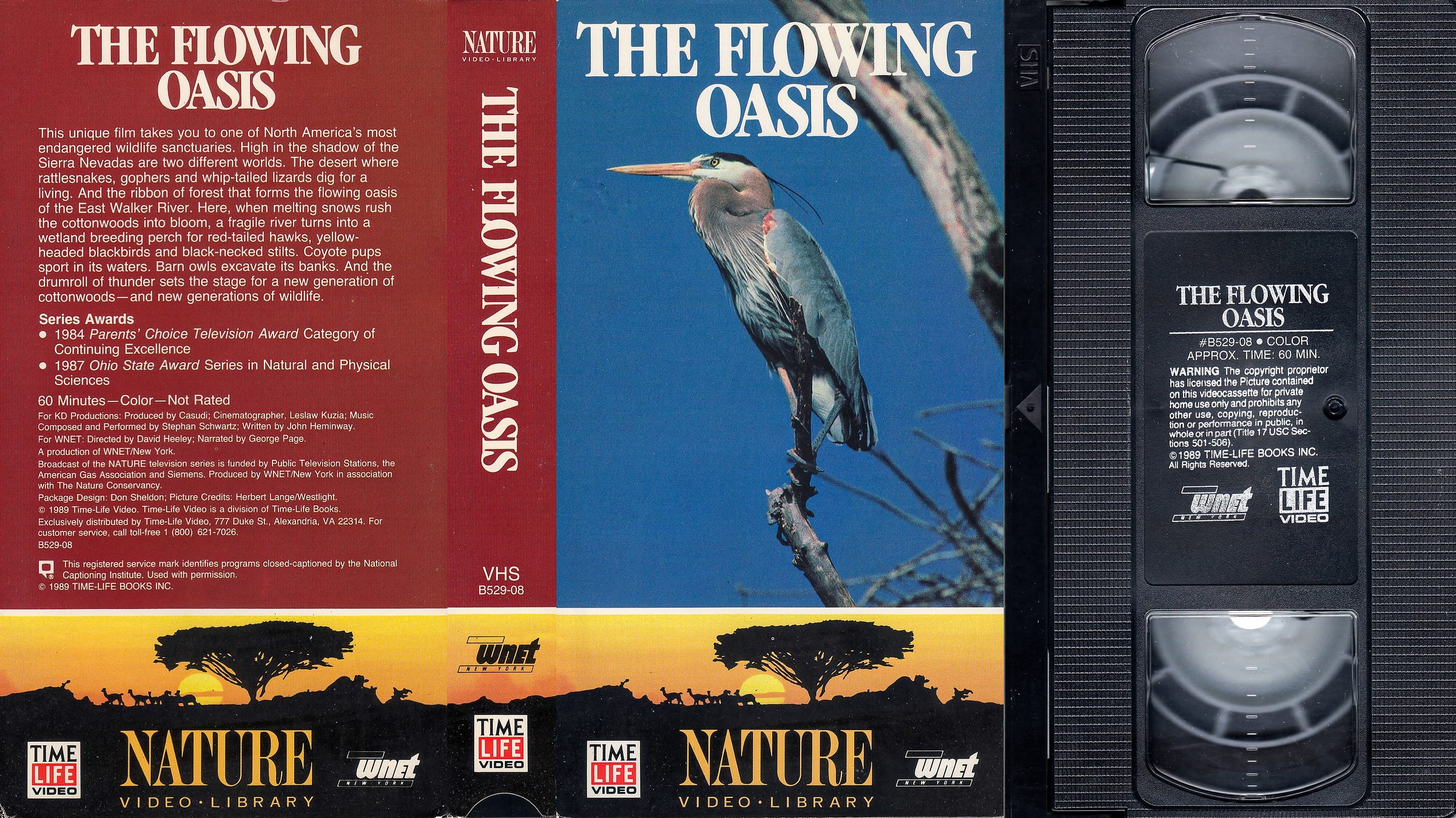



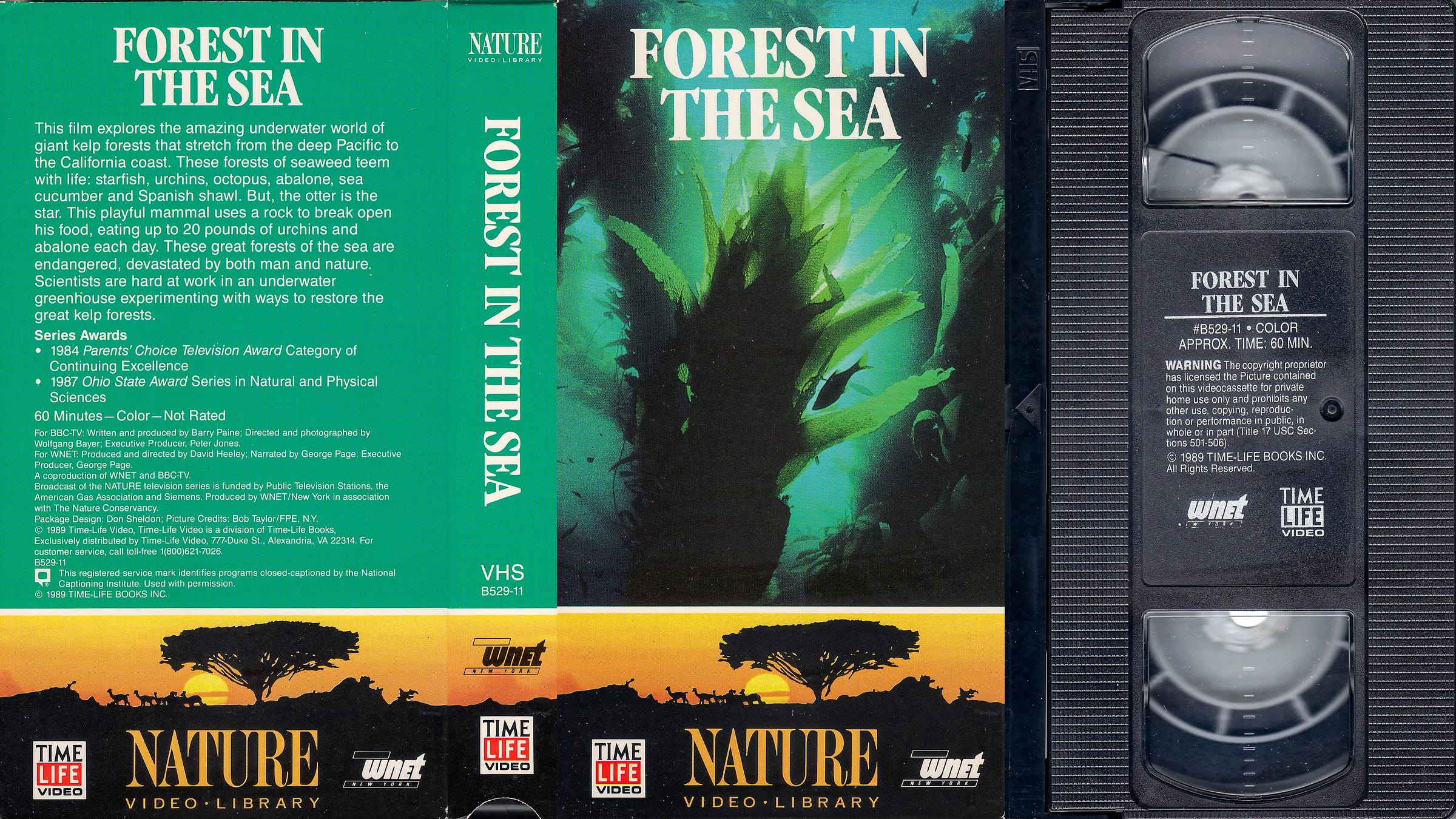

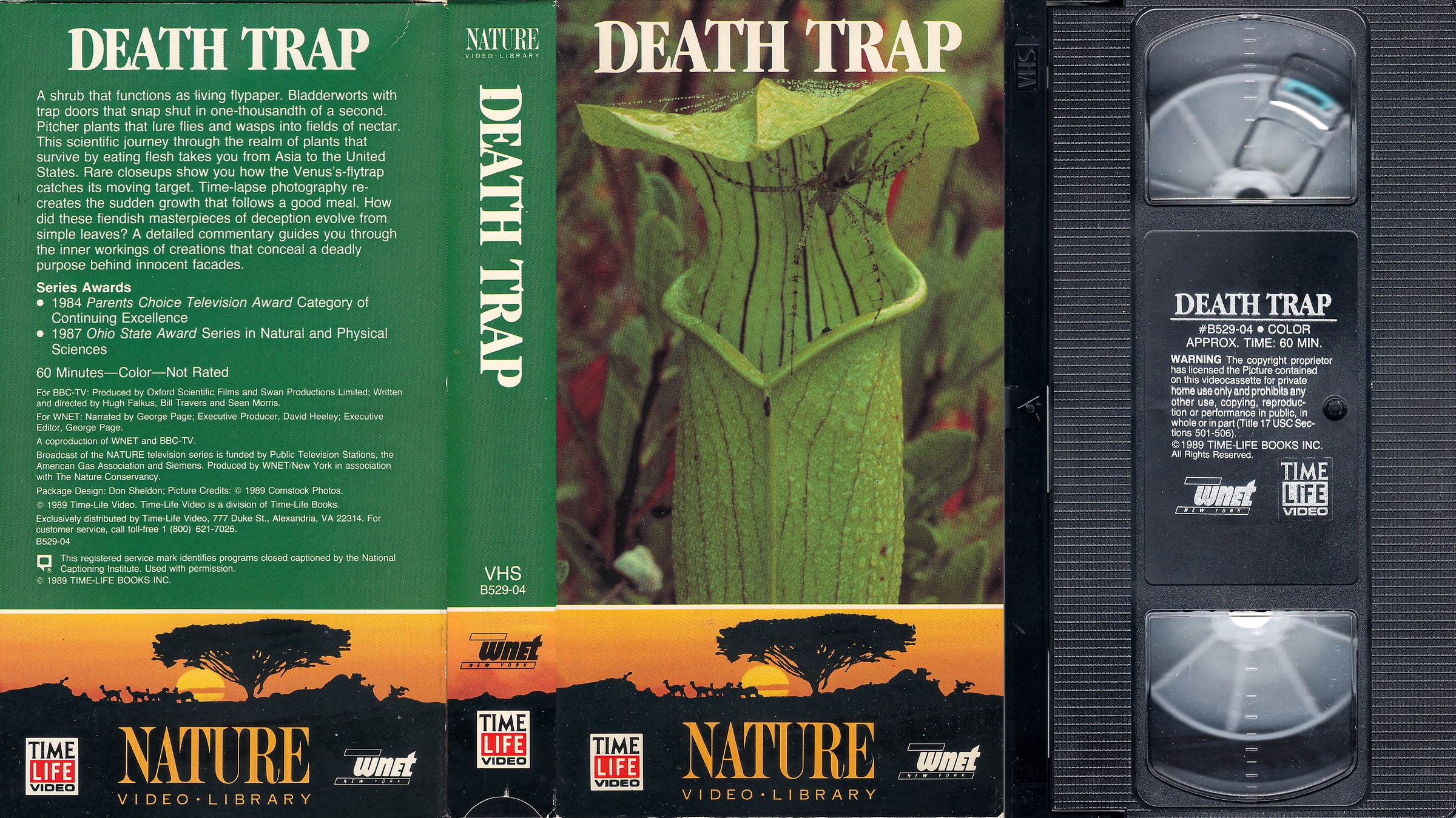

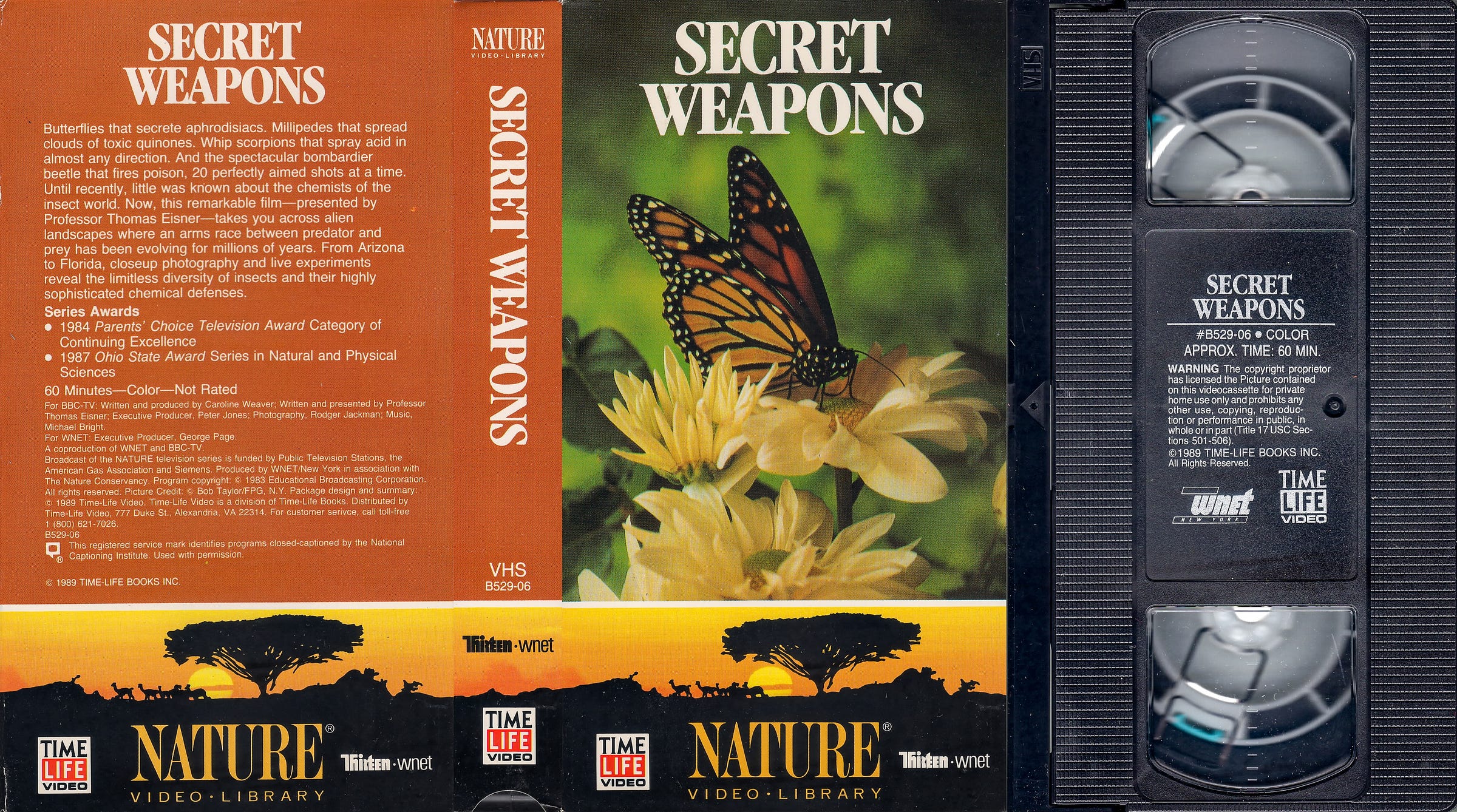

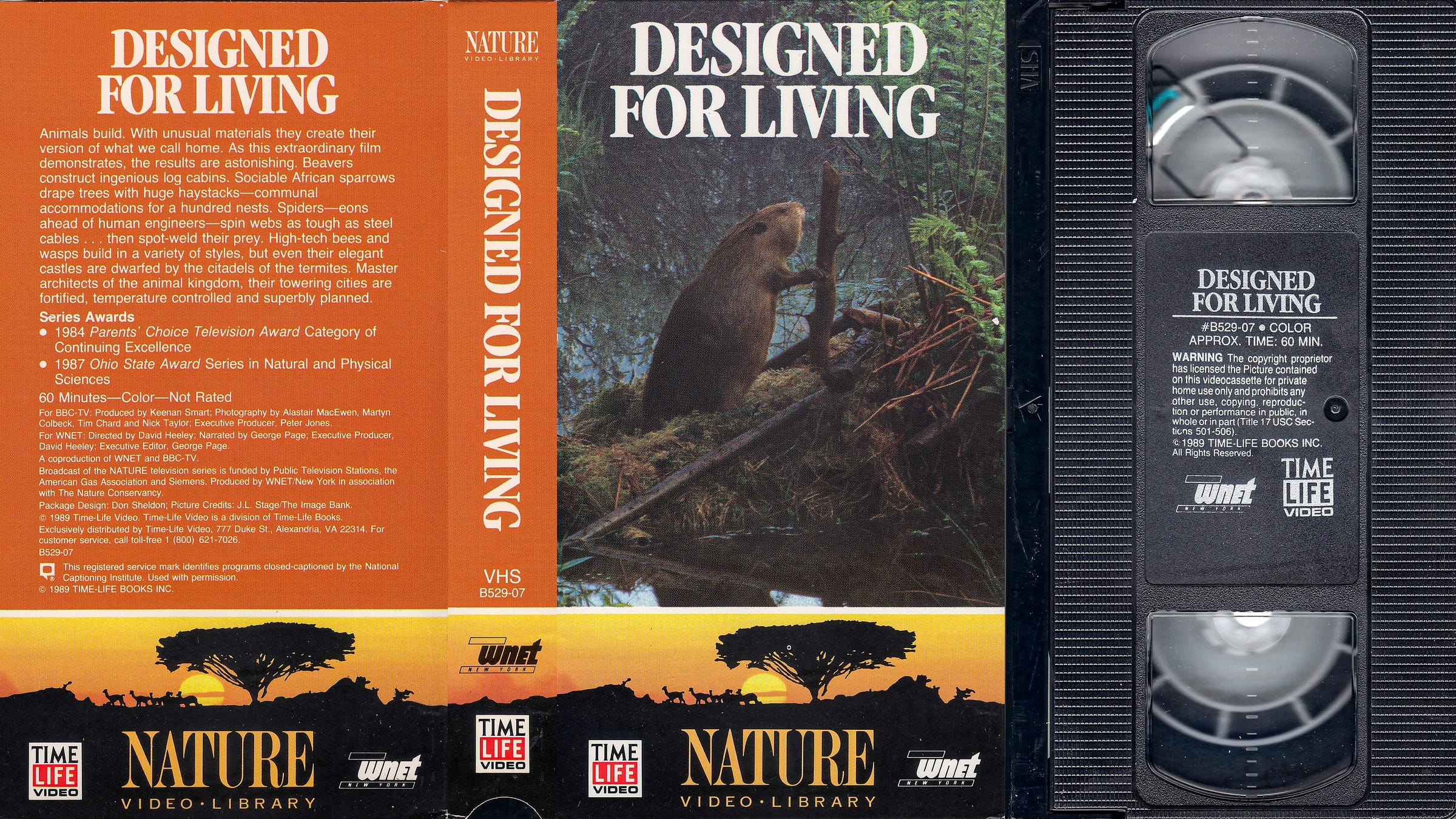



It's a snow day. This is exactly what I needed!